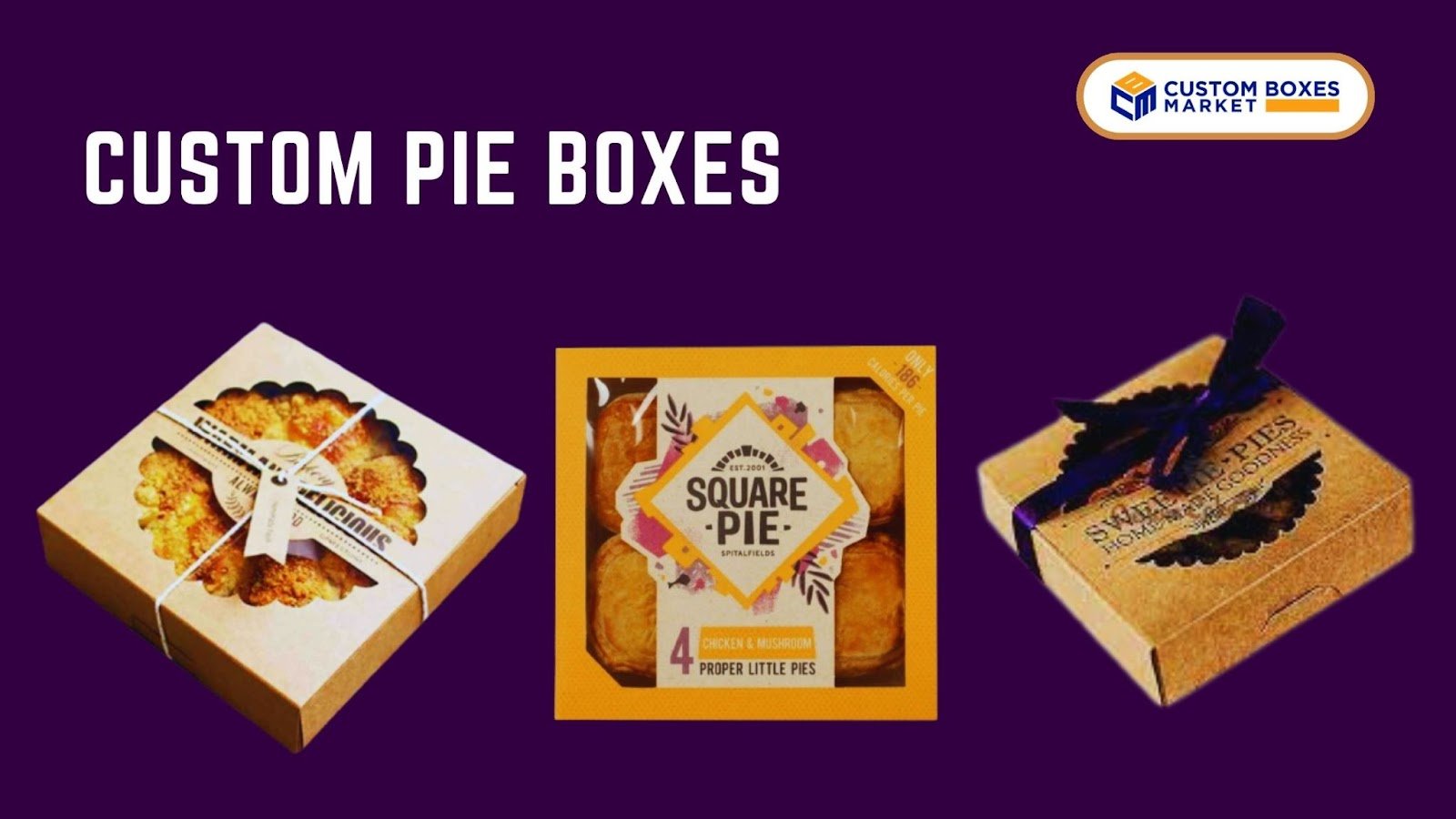Taste, Nutrition, Convenience: The Appeal of MREs in Modern Living

In the hustle and bustle of modern life, finding time to prepare a nutritious meal can be a challenge for many. Enter Meals, Ready-to-Eat (MREs): a solution that has transcended its military origins to become a convenient dining option for civilians on the go. MREs are no longer just survival rations but have evolved into a practical meal solution for adventurers, busy professionals, and even culinary enthusiasts curious about their versatility. This article explores the growing popularity of MRE in contemporary living, focusing on their taste, nutrition, and convenience.
A Brief History of MREs
Originally developed for military personnel to consume in the field, MREs are designed to withstand extreme conditions while providing a self-contained, nutritious meal. The history of MREs dates back to pre-packaged meals used in various wars, but it wasn’t until 1983 that the modern MRE was officially introduced by the U.S. military. Since then, advancements in food science and packaging technology have significantly improved their taste and nutritional content.
The Evolution of Taste
Early versions of MREs were often criticized for their lack of flavor and palatability. However, recent developments have seen a vast improvement in the taste department. Today’s MREs come in a wide variety of cuisine options, from traditional American dishes to international flavors, catering to a broad palate. Innovative packaging methods have also allowed for the inclusion of condiments and seasoning packets, enabling consumers to customize their meals according to their taste preferences.
Culinary Creativity with MREs
The modern appeal of MREs extends beyond their improved taste; they have sparked a trend of culinary creativity among those who enjoy experimenting with food. Online communities and social media platforms are awash with videos and articles showcasing how to combine different MRE components or even incorporate fresh ingredients to create gourmet dishes. This culinary exploration not only enhances the dining experience but also demonstrates the versatility of MREs in modern cuisine.
Nutritional Value
Nutrition is a critical component of MREs, as they are designed to provide a balanced meal with the necessary calories, vitamins, and minerals to sustain energy levels. Each MRE contains a main dish, side dish, dessert, bread or crackers, spread, beverage mix, and various snack items, making it a comprehensive meal. Food technologists continually work on improving the nutritional profile of MREs, incorporating healthier alternatives like whole grains, dried fruits, and lean proteins.
Meeting Dietary Needs
One significant advancement in the world of MREs is the effort to cater to various dietary requirements and preferences. Vegetarian, vegan, and gluten-free options are increasingly available, ensuring that more people can rely on MREs as a convenient meal solution without compromising their dietary restrictions or ethical choices.
The Convenience Factor
The primary appeal of MREs lies in their unparalleled convenience. Packed in compact, waterproof, and durable packaging, MREs are designed to be consumed anywhere, anytime, with no need for refrigeration or cooking utensils. This makes them an ideal choice for emergency preparedness, outdoor activities like camping and hiking, and busy lifestyles that don’t allow time for traditional meal prep.
A Solution for Busy Lives
In our fast-paced world, MREs offer a quick and no-fuss eating option. For busy professionals, students, or parents juggling multiple responsibilities, having a stock of MREs can provide peace of mind, knowing that a nutritious meal is always within reach, requiring minimal preparation time.
Beyond Survival: MREs in Disaster Preparedness and Emergency Situations
While MREs have found a place in everyday life, they remain an essential component of disaster preparedness kits. Their long shelf life and ease of storage make them an ideal food source during natural disasters, power outages, or other emergencies. Households that keep MREs on hand can ensure food security in unpredictable situations, highlighting their importance beyond convenience and exploring the great outdoors.
Looking to the Future
The future of MREs in modern living looks promising, with ongoing innovations aimed at improving taste, nutritional value, and variety. As consumer interest grows, manufacturers are exploring new flavors, dietary options, and even eco-friendly packaging solutions to meet the demands of an increasingly health-conscious and environmentally aware audience.
Looking to the future, the evolution of MREs (Meals Ready-to-Eat) in modern living appears promising, fueled by continuous innovations targeting taste enhancement, nutritional enrichment, and expanded variety. With a burgeoning interest among consumers for convenient yet wholesome food options, manufacturers are actively exploring novel avenues to cater to this demand.
One significant aspect of this evolution is the exploration of diverse flavors and culinary profiles. Traditional MREs often garnered criticism for their lackluster taste; however, the future landscape promises a departure from this norm. Manufacturers are investing in research and development to introduce a wider array of palatable options, drawing inspiration from global cuisines to offer consumers a more enjoyable dining experience.
Moreover, there’s a growing emphasis on enhancing the nutritional value of MREs. Recognizing the importance of balanced diets, manufacturers are incorporating healthier ingredients, reducing additives, and fortifying meals with essential vitamins and minerals. This shift aligns with the increasing health consciousness among consumers, who seek convenient yet nutritious meal solutions.
Furthermore, the future of MREs is intertwined with sustainability. As environmental concerns take center stage, manufacturers are exploring eco-friendly packaging solutions, such as biodegradable materials and reduced plastic usage, to minimize their ecological footprint. This eco-conscious approach resonates with a socially aware consumer base that prioritizes sustainable practices.
In essence, the future of MREs in modern living holds promise, driven by a commitment to enhancing taste, improving nutritional value, and embracing sustainability. As these innovations continue to unfold, MREs are poised to become an integral component of everyday life, catering to the needs and preferences of an increasingly discerning and conscientious consumer demographic.
In conclusion, MREs have come a long way from their military-only usage, carving out a niche in the civilian market as a practical meal solution. Their evolving taste profiles, nutritional benefits, and unmatched convenience have made them a multifaceted food option suited to various aspects of modern living. Whether you’re an adventurer seeking lightweight, nourishing meals on the trail, a busy professional with little time for cooking, or a culinary explorer looking to experiment with unique ingredients, MREs offer something for everyone. In the fast-paced rhythm of contemporary life, Meals, Ready-to-Eat stand out as a testament to human ingenuity in adapting survival solutions into everyday conveniences






